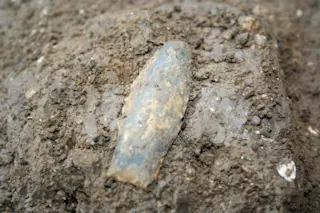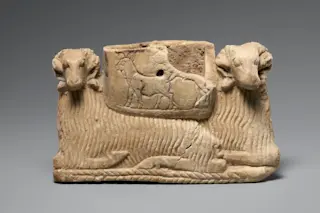Thousands of artifacts from a site in Central Texas, including a dozen projectile points, have provided researchers with new clues about the arrival and spread of First Americans on the continent. The items, which are up to 15,500 years old, hint that the Americas may have been populated in multiple waves of migration via different routes.
In the long-simmering debate over when and how humans arrived in the Americas, there are few things researchers can agree on. Paleogenetic studies have confirmed the First Americans arrived from Asia, but the timing, the route and how they spread across the continents remain contested.
Archaeologists have looked for answers in the stone tools these early explorers left behind, but even there, definitive evidence is scant.
For years, based on artifacts found mostly in North America, the conventional thinking was that humans crossed Beringia — the now-submerged land bridge that once linked Siberia and ...














